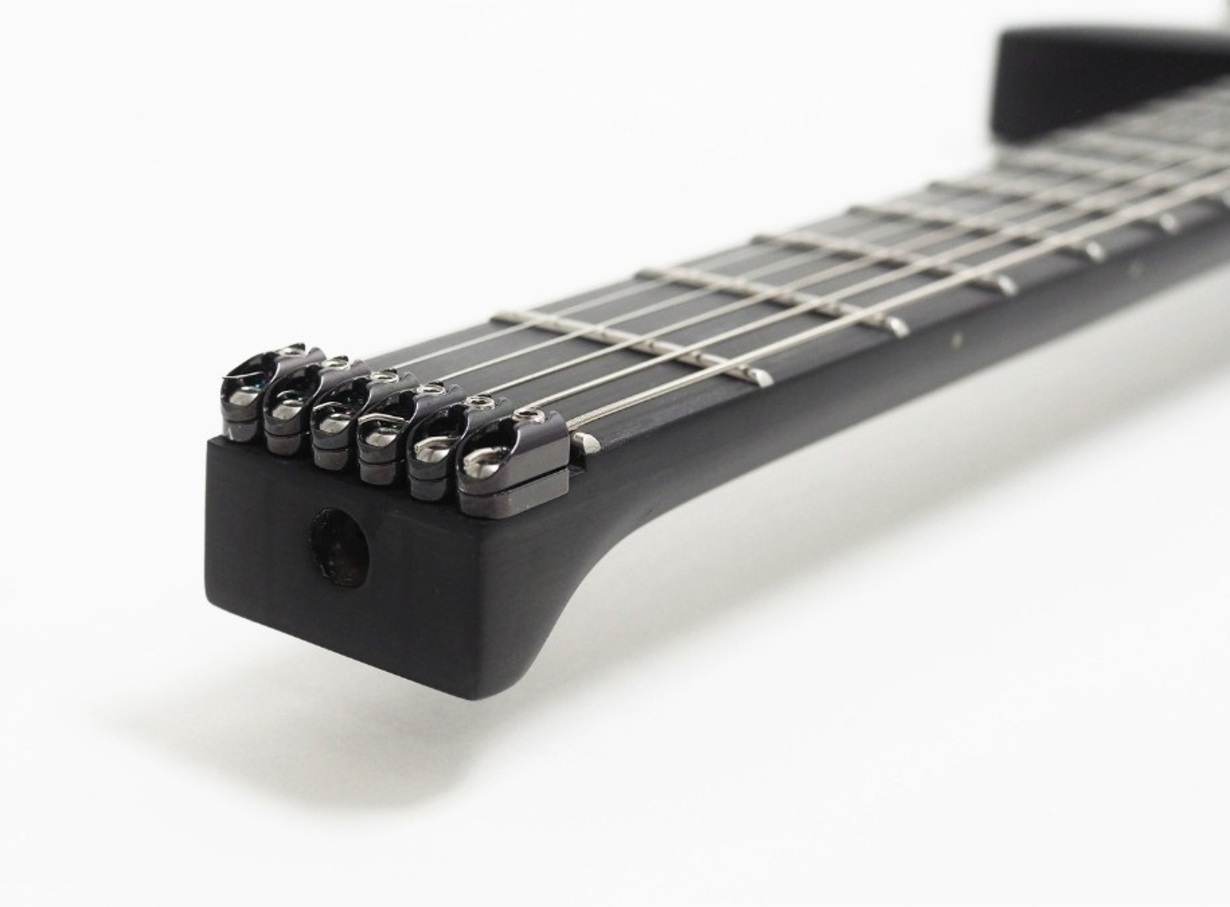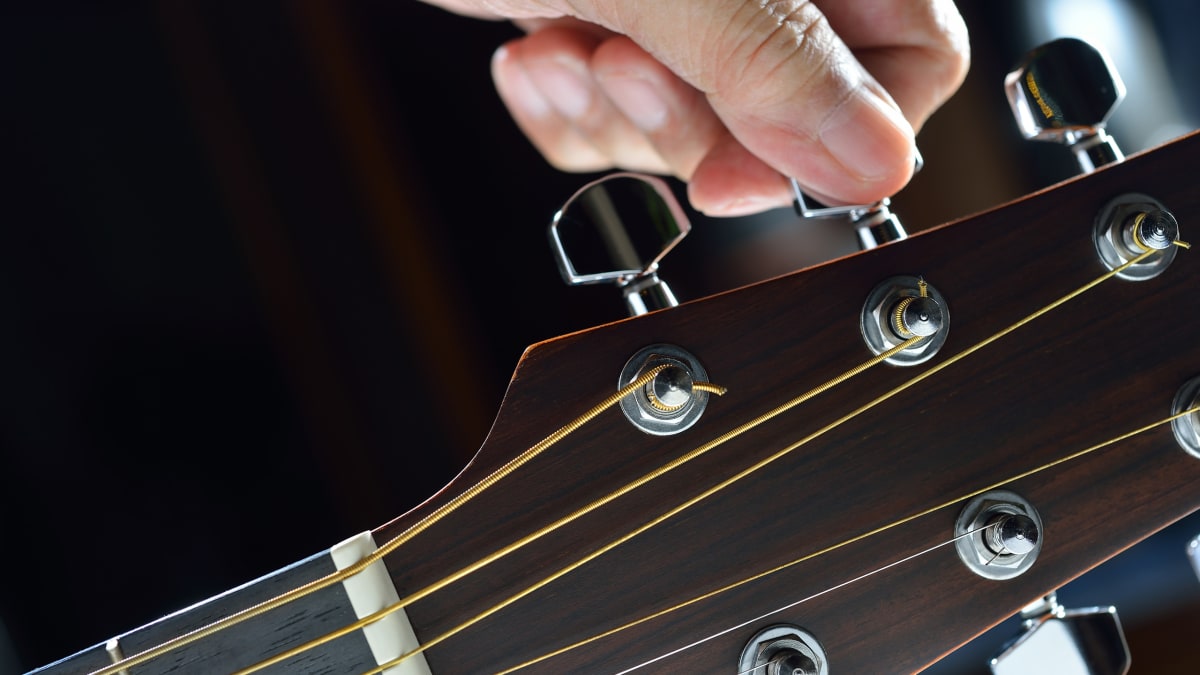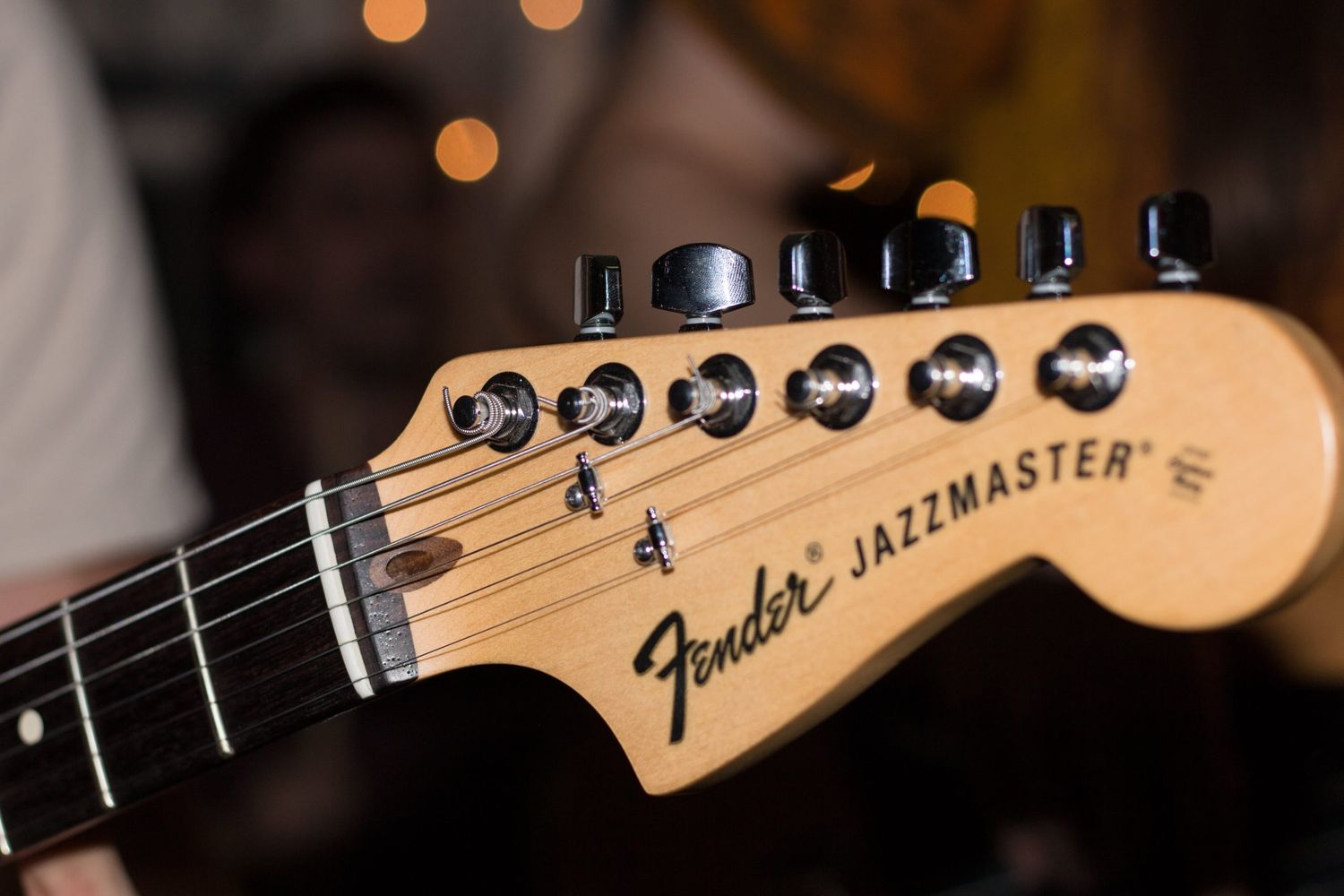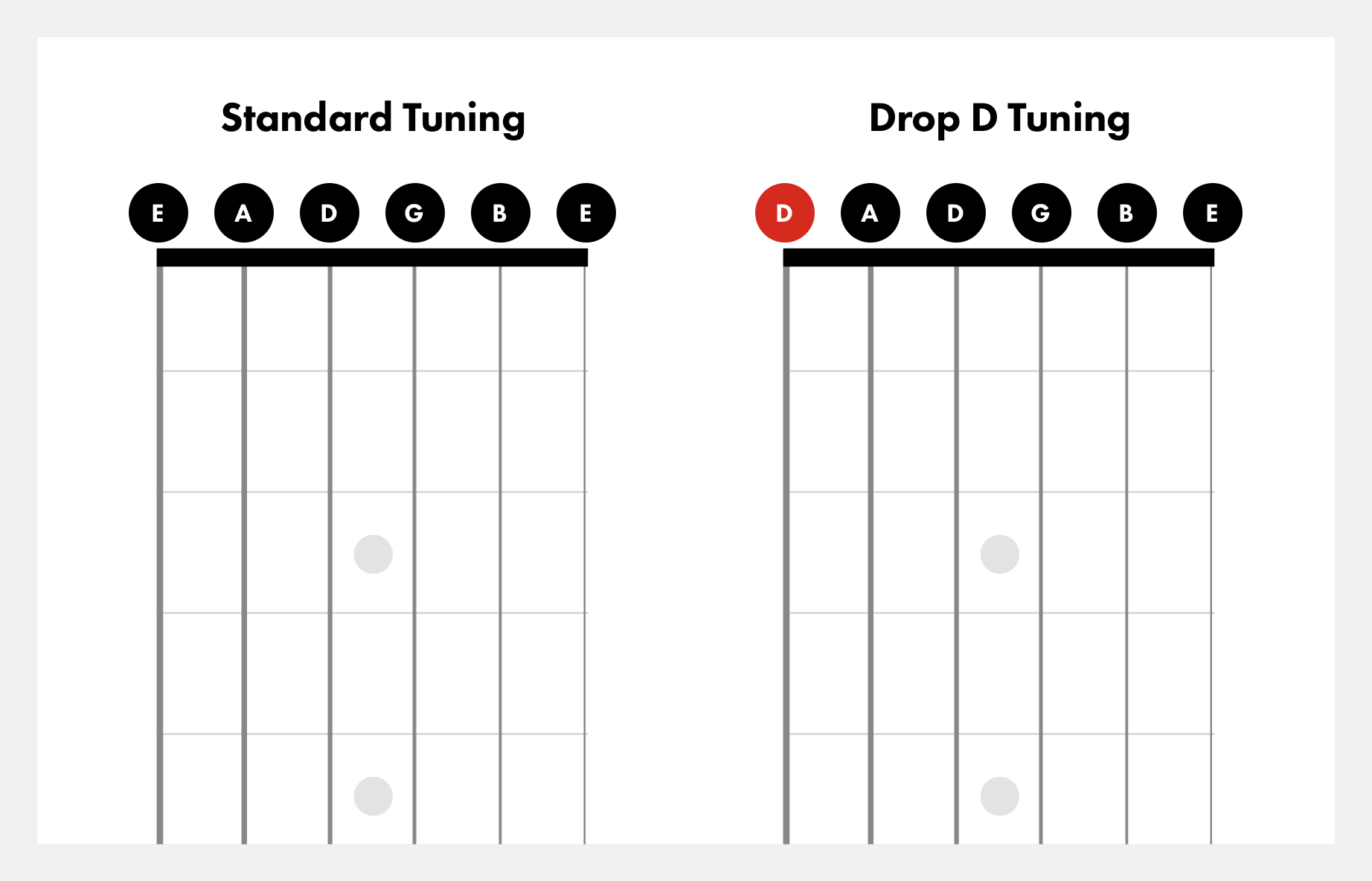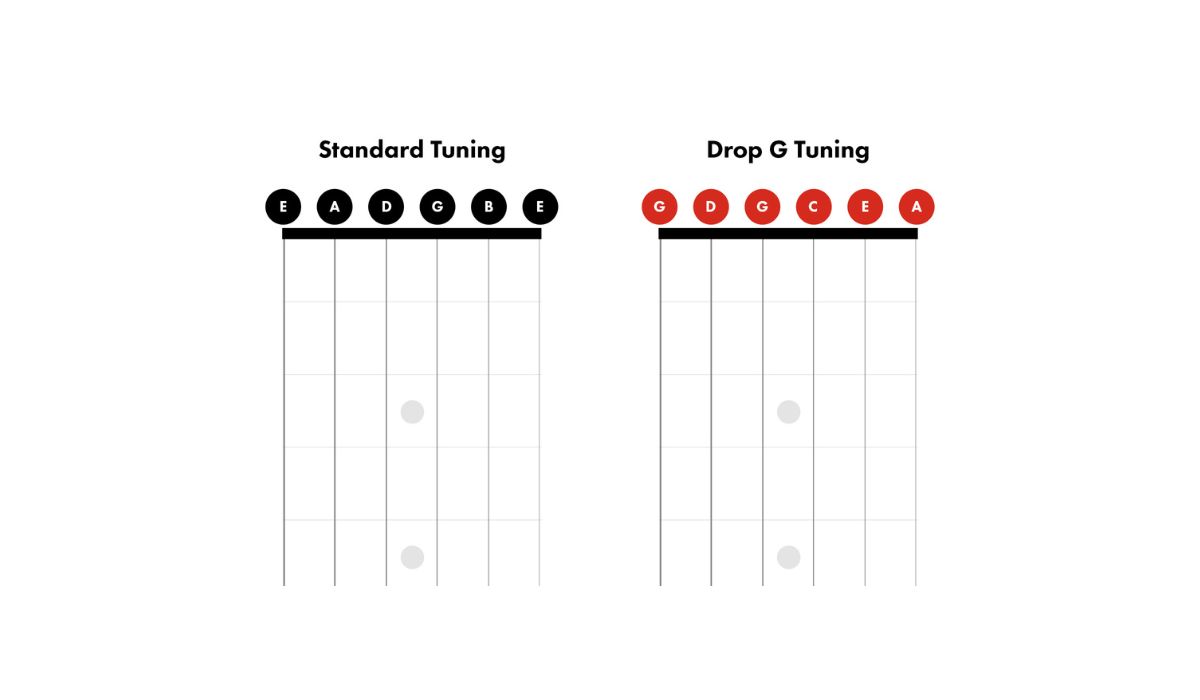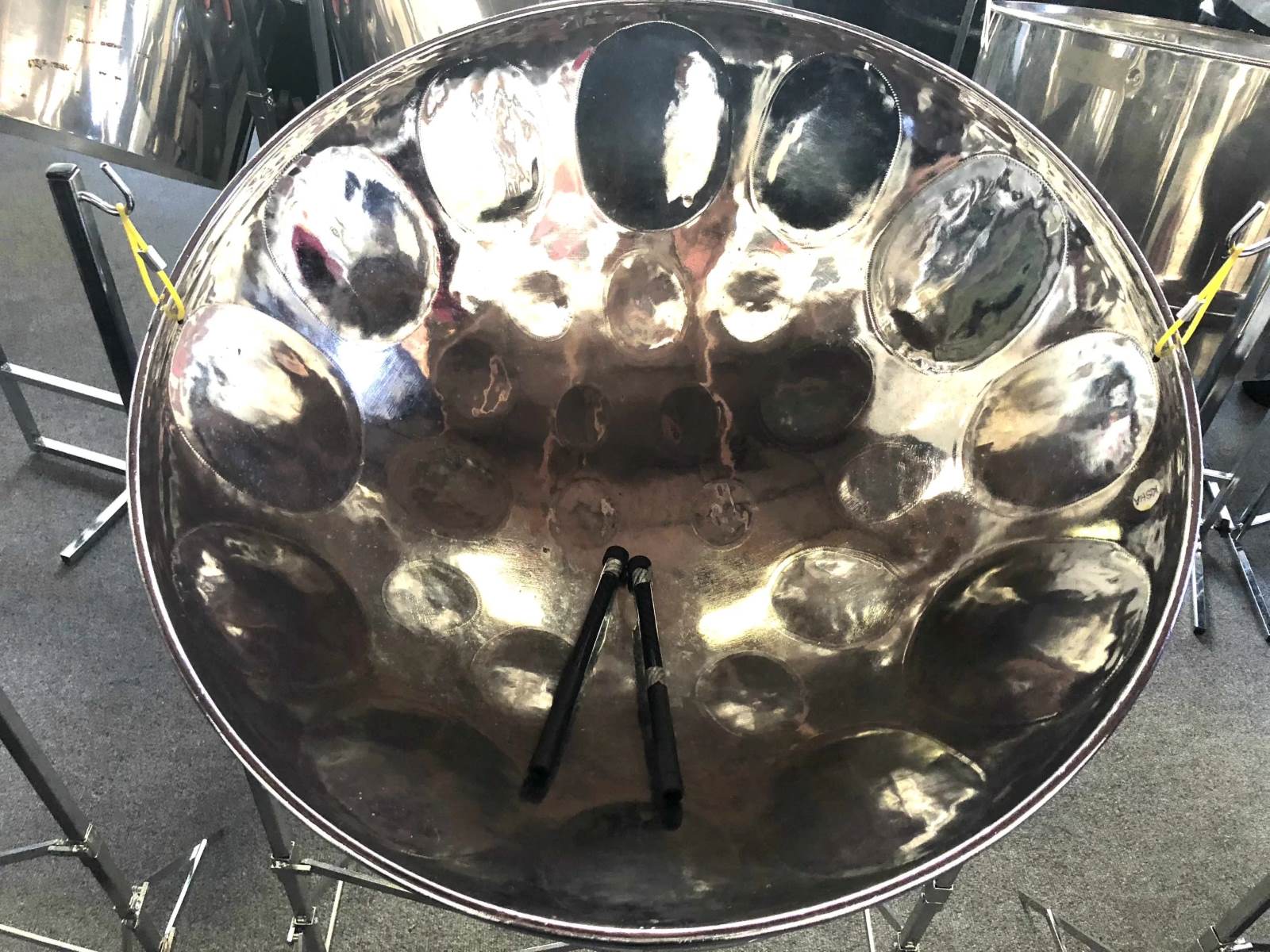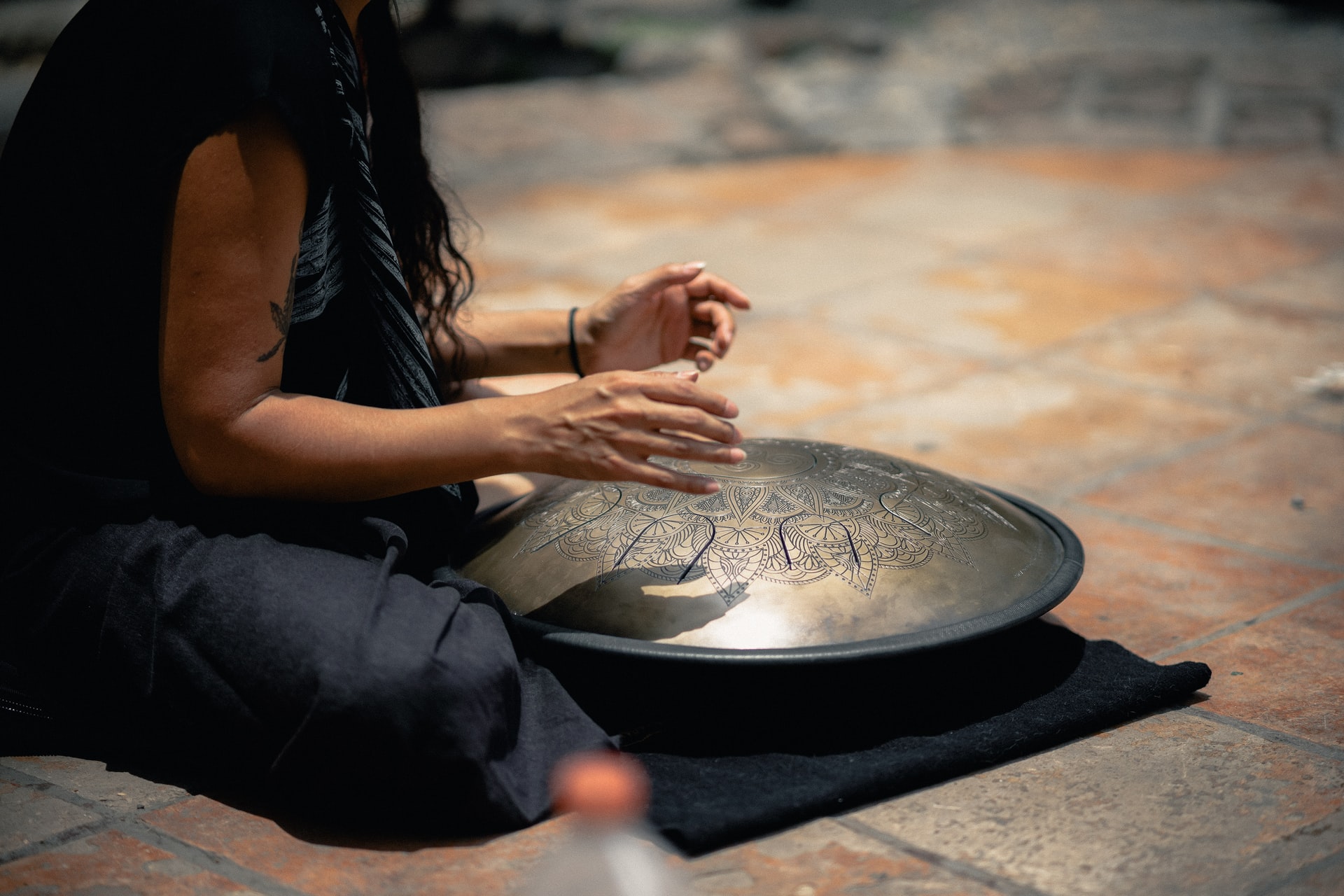Home>Instruments>Guitar>How To Tune A Lap Steel Guitar
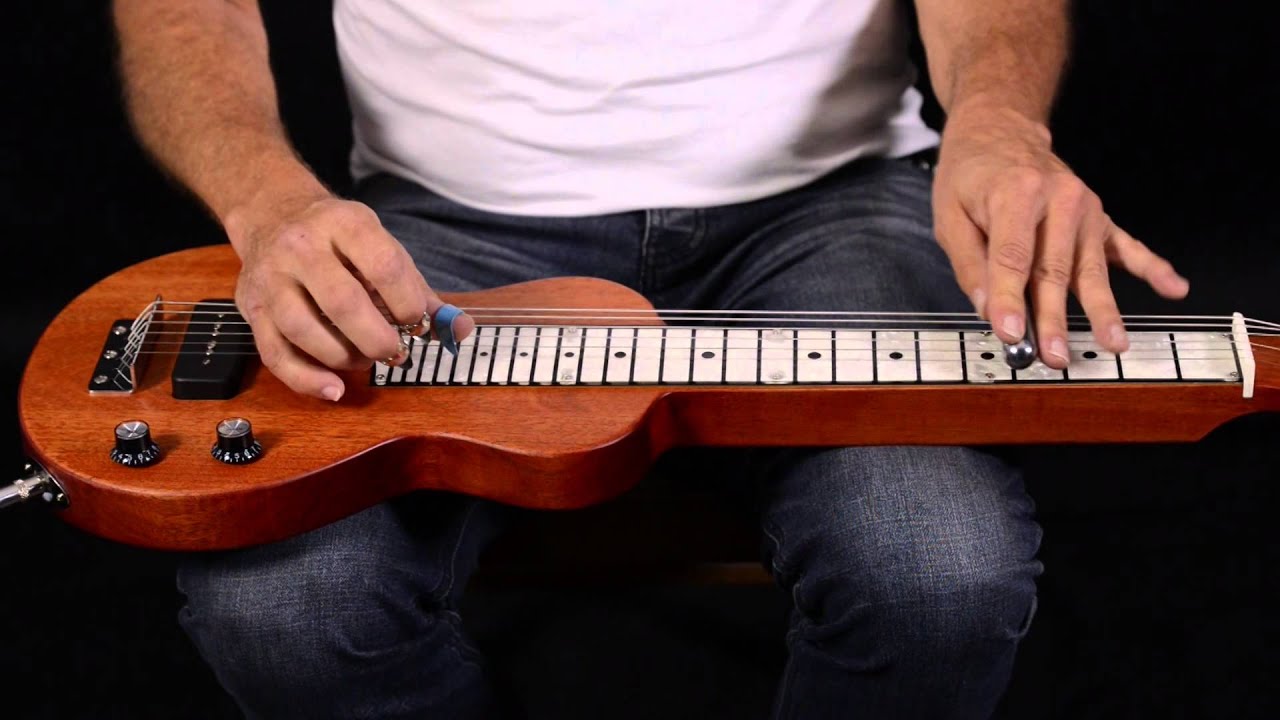

Guitar
How To Tune A Lap Steel Guitar
Published: February 14, 2024
Learn how to tune a lap steel guitar with our step-by-step guide. Keep your guitar in perfect pitch for optimal performance and sound.
(Many of the links in this article redirect to a specific reviewed product. Your purchase of these products through affiliate links helps to generate commission for AudioLover.com, at no extra cost. Learn more)
Table of Contents
**
Introduction
**
The lap steel guitar is a unique and captivating instrument that has been an integral part of various music genres, including country, blues, and Hawaiian music. Its distinctive sound and versatility have made it a favorite among musicians and enthusiasts alike. Whether you're a seasoned guitarist or a beginner looking to explore new musical horizons, understanding how to tune a lap steel guitar is essential for achieving the desired melodic resonance.
Tuning a lap steel guitar requires precision and a keen ear for pitch. Unlike the standard guitar, the lap steel guitar is played horizontally, with the strings raised off the fretboard. This characteristic playing style contributes to its distinct sound and offers a different approach to tuning compared to traditional guitars. In this comprehensive guide, we will delve into the nuances of tuning a lap steel guitar, exploring various methods and essential tips to help you achieve optimal tonal quality.
As we embark on this journey, it's important to embrace the unique characteristics of the lap steel guitar and appreciate the rich musical heritage it embodies. Whether you're drawn to its soulful resonance or intrigued by its historical significance, mastering the art of tuning a lap steel guitar will undoubtedly enhance your musical prowess and deepen your appreciation for this exceptional instrument. Join us as we unravel the intricacies of tuning the lap steel guitar, unlocking a world of melodic possibilities and musical expression.
**
Understanding Lap Steel Guitar
**
The lap steel guitar, often referred to as a "Hawaiian guitar," is a unique string instrument that is played by laying it flat on the player's lap and plucking the strings with a metal or glass slide. Unlike traditional guitars, the lap steel guitar does not have a conventional fretboard, and the strings are elevated off the body of the instrument. This distinctive design allows for smooth glissando and vibrato techniques, producing a characteristic sound that is synonymous with Hawaiian music, country, blues, and other genres.
One of the defining features of the lap steel guitar is its open tuning, which contributes to its distinctive resonance. Open tunings, such as the popular open D and open G tunings, provide a rich and resonant sound that complements the instrument's unique playing style. The absence of frets on the fretboard allows for seamless transitions between chords and facilitates the expression of emotive melodies through sliding techniques.
The lap steel guitar's history is deeply intertwined with the cultural heritage of Hawaii, where it gained prominence in the early 20th century. Its evocative sound and portability made it a staple in Hawaiian music, and it later found its way into country and blues music, adding a layer of soulful resonance to these genres.
Understanding the intricacies of the lap steel guitar involves appreciating its unique construction, playing techniques, and historical significance. Whether you're drawn to its emotive sound or inspired by its cultural heritage, the lap steel guitar offers a captivating musical experience that continues to resonate with enthusiasts and musicians worldwide.
From its evocative resonance to its historical significance, the lap steel guitar embodies a rich tapestry of musical expression, inviting players to explore its unique tonal palette and embrace the art of slide guitar playing. As we delve deeper into the world of lap steel guitar tuning, it's essential to grasp the instrument's distinctive characteristics and the cultural influences that have shaped its musical identity. Join us as we unravel the nuances of tuning the lap steel guitar, unlocking a world of melodic possibilities and musical expression.
**
Tuning Your Lap Steel Guitar
**
Tuning a lap steel guitar is a fundamental aspect of mastering the instrument and unlocking its full sonic potential. The open tuning of a lap steel guitar sets it apart from standard guitars, offering a unique harmonic resonance that complements its horizontal playing style. Whether you’re aiming to evoke the soulful sounds of blues or the melodic allure of Hawaiian music, understanding the intricacies of tuning your lap steel guitar is essential for achieving the desired tonal quality and musical expression.
Before delving into specific tuning methods, it’s important to familiarize yourself with the standard string configuration of a lap steel guitar. While variations exist, a common setup for a 6-string lap steel guitar features an open D tuning, with the strings tuned to D-A-F#-D-A-D from lowest to highest pitch. This open tuning facilitates chord voicings and slide techniques, allowing for fluid transitions between harmonies and expressive melodic phrasing.
When tuning your lap steel guitar, precision is key. Whether you prefer the resonant warmth of open D tuning or the vibrant tonality of open G tuning, ensuring that each string is accurately tuned is paramount. Utilizing an electronic tuner or reference pitches from another instrument can aid in achieving precise tuning, allowing you to fine-tune each string to the desired pitch.
Furthermore, understanding the concept of intervals and harmonics is crucial for honing your lap steel guitar tuning skills. The relationship between the strings’ pitches and the harmonic overtones they produce contributes to the instrument’s rich and resonant sound. By familiarizing yourself with these harmonic relationships, you can develop a deeper understanding of how different tunings and string configurations influence the instrument’s overall tonal character.
As you embark on your journey to tune your lap steel guitar, patience and attentive listening are invaluable assets. Embracing the instrument’s unique tonal palette and exploring the nuances of its open tunings will not only enhance your musical proficiency but also enrich your creative expression as a guitarist. Stay tuned as we explore various tuning methods and essential tips to help you achieve optimal tonal quality and musical resonance on your lap steel guitar.
**
Tuning Methods
**
When it comes to tuning a lap steel guitar, several methods can be employed to achieve the desired pitch and harmonic resonance. Whether you’re exploring traditional open tunings or experimenting with alternative configurations, each method offers a unique sonic landscape that enhances the instrument’s expressive capabilities. Let’s delve into some popular tuning methods and explore the distinct tonal characteristics they impart to the lap steel guitar.
1. Open D Tuning: One of the most prevalent tunings for the lap steel guitar is open D tuning, which features the notes D-A-F#-D-A-D from lowest to highest pitch. This tuning creates a rich and resonant sonic foundation, allowing for fluid chord voicings and expressive slide guitar techniques. The open D tuning is widely favored for its versatility and its ability to evoke soulful melodies and emotive harmonies.
2. Open G Tuning: Another popular tuning for the lap steel guitar is open G tuning, with the strings tuned to G-D-G-B-D-G from lowest to highest pitch. This tuning imparts a vibrant and bright tonality to the instrument, offering a dynamic sonic palette that complements a wide range of musical styles. Open G tuning is renowned for its lively and spirited resonance, making it a favored choice for musicians seeking to infuse their compositions with uplifting melodies and infectious rhythms.
3. Alternative Tunings: In addition to traditional open tunings, lap steel guitarists often explore alternative tunings to expand their sonic horizons. From open C6 tuning to D6 tuning, these alternative configurations offer distinct tonal characteristics and unlock new melodic possibilities. By venturing into alternative tunings, musicians can sculpt unique sonic textures and broaden the expressive range of the lap steel guitar, fostering innovative musical explorations and creative compositions.
4. Electronic Tuners and Reference Pitches: Utilizing electronic tuners or referencing pitches from another instrument can greatly assist in achieving precise tuning for the lap steel guitar. Electronic tuners provide visual feedback on pitch accuracy, allowing for meticulous adjustments to each string. Alternatively, referencing pitches from a piano, keyboard, or another tuned instrument can serve as a reliable guide for tuning the lap steel guitar, ensuring that each string resonates at the intended pitch.
By exploring these tuning methods and embracing the diverse tonal landscapes they offer, musicians can elevate their lap steel guitar playing to new heights of creativity and expression. Whether you’re drawn to the evocative resonance of open D tuning, the spirited allure of open G tuning, or the innovative possibilities of alternative tunings, tuning your lap steel guitar is a gateway to a world of musical exploration and sonic discovery.
**
Conclusion
**
As we conclude our exploration of tuning the lap steel guitar, it’s evident that this instrument offers a vibrant tapestry of tonal possibilities and expressive capabilities. From its rich historical heritage to its unique playing style and open tunings, the lap steel guitar continues to captivate musicians and enthusiasts with its evocative resonance and melodic allure.
Mastering the art of tuning a lap steel guitar is a journey that invites players to immerse themselves in the instrument’s distinctive sonic palette and embrace the nuances of open tunings. Whether you’re drawn to the soulful warmth of open D tuning, the spirited vibrancy of open G tuning, or the innovative textures of alternative tunings, the lap steel guitar beckons musicians to explore new musical horizons and expand their creative expression.
By understanding the intricacies of lap steel guitar tuning, from the fundamental string configurations to the harmonic relationships that shape its resonant sound, musicians can unlock a world of melodic possibilities and musical resonance. Patience, attentive listening, and a willingness to experiment with different tunings are essential components of honing one’s lap steel guitar tuning skills, fostering a deeper connection with the instrument and its expressive potential.
As you embark on your journey with the lap steel guitar, remember that tuning is not merely a technical exercise but a gateway to musical exploration and creative expression. Whether you’re crafting soul-stirring melodies, infusing your compositions with vibrant harmonies, or exploring innovative sonic landscapes, the art of tuning your lap steel guitar is an integral part of your musical odyssey.
So, let the resonant tones of the lap steel guitar inspire your musical endeavors, and may the harmonies you evoke resonate with soulful warmth and expressive depth. As you continue to refine your tuning skills and delve into the captivating world of lap steel guitar playing, may your musical journey be filled with creativity, inspiration, and the joy of sonic discovery.

